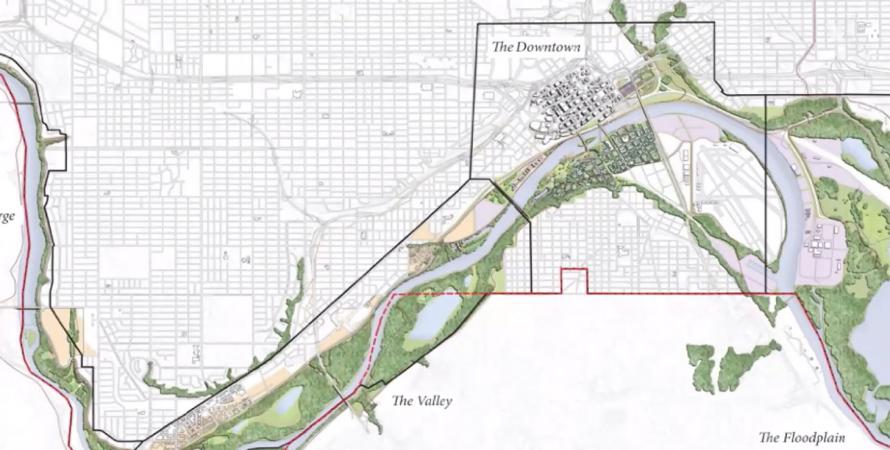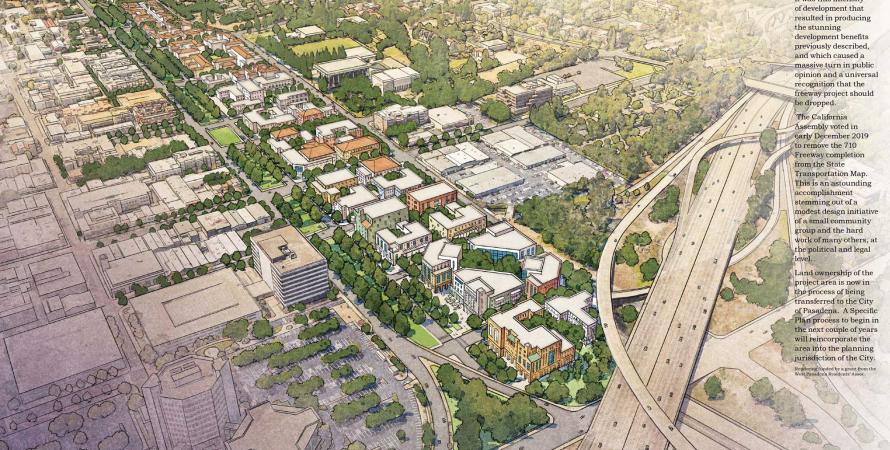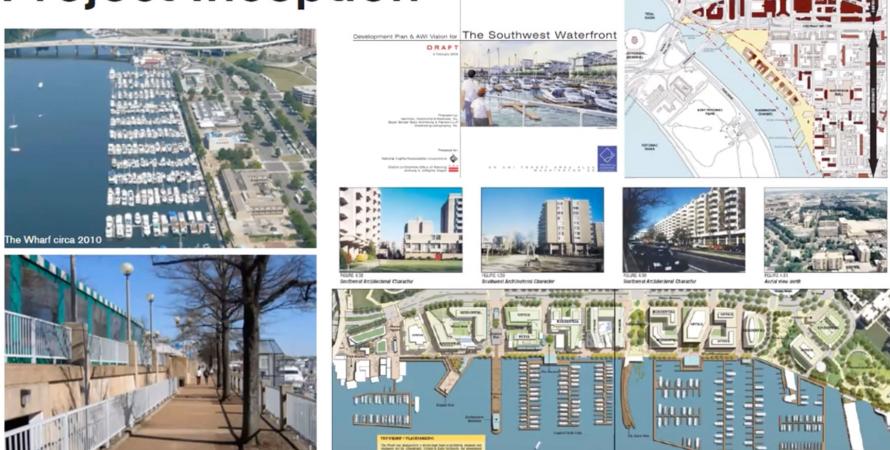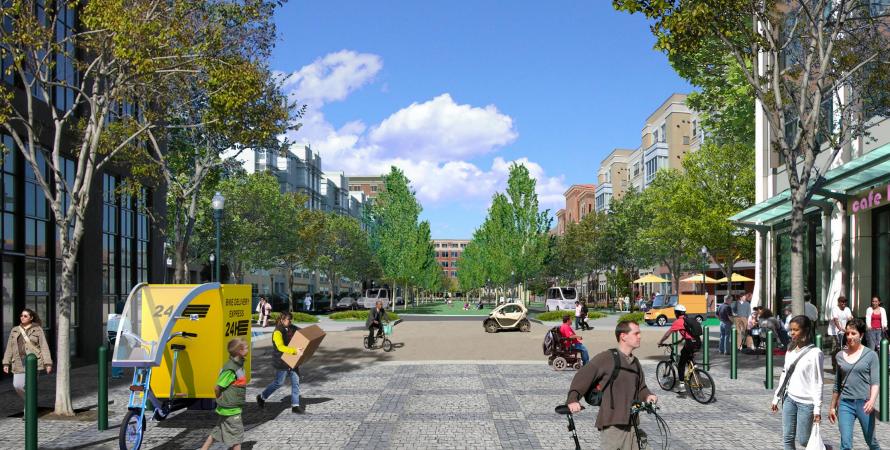-

Riverfront visions transforming the Twin Cities
The Mississippi River is an armature for economic development and public space in Saint Paul and Minneapolis. The future of both cities, and the goal of equitable development, are tied to the riverfront.Both Saint Paul and Minneapolis are river cities, linked historically to mills and barge traffic on the Mississippi, and they are reclaiming a significant portion of the riverfront for public space and economic development. Most of the public space in both cities is on the Mississippi or waterways...Read more -

Urban development plan stops freeway
A grassroots organization, Reconnecting Pasadena, helped to defeat an in-city freeway by proposing a mixed-use, urban alternative.In December of 2019, the California Assembly voted to remove the 710 Freeway completion from the State Transportation Map, ending the longest urban freeway battle in the US. A 70-acre parcel, worth an estimated $500 million or more, that was cleared in the 1960s to make way for the freeway, is...Read more -

Charter Awards 2020 ceremony
The 20th anniversary of the CNU Charter Awards was celebrated at CNU 28.A Virtual Gathering, with the presentation of the 2020 awards. Check out all of the projects in addition to a history of the awards.Read more -

Exhaust-free city centers by 2030!
It’s time to harness technology for cleaner, healthier and safer cities.If you are a certain age, you will remember the days when passengers were allowed to smoke on airplanes. If you are not old enough to remember, be assured, it was not pleasant. The idea that one would be confined, for hours at a time, in a crowded tube breathing smoke-filled air is hard to fathom...Read more